Extinct animals
Extinct species: why do they disappear?
The abusive and unsustainable use of natural resources not only harms the health of the planet, it also wipes out entire species so that they disappear for ever. The frenetic loss of biodiversity means that a million plants and animals are currently under threat. Others had even worse luck. Below we list some of the extinct species that we can only reminisce about today.
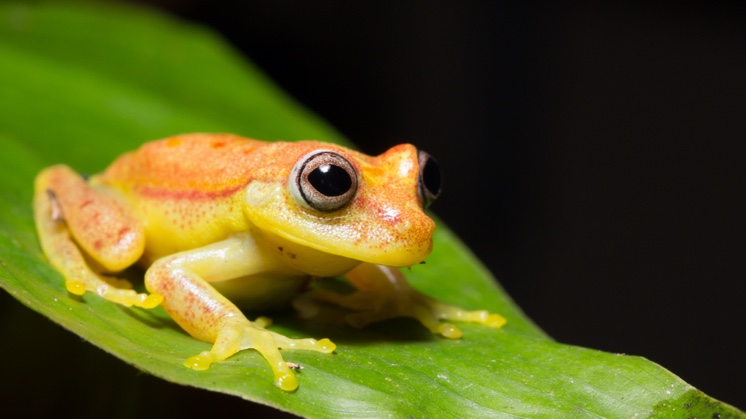
Thanks to biodiversity, we human beings can benefit from food security and access to clean water and raw materials. The biological balance also regulates the weather and slows down pollution. However, this balance is threatened, in large part by humanity's insatiable urge for more foodstuffs and more energy.
Biodiversity today
The extinction of species is not just anecdotal: the United Nations (UN) has warned that every day 150 species become extinct. According to a 2019 report on the biodiversity of the planet, 25 % of the animals and plants analysed are in danger of extinction and only one-third of countries are on track to reach their biological diversity targets.
The frenetic loss of biodiversity makes it difficult for conservationists to assess the decline of species in real time, said Inger Andersen, Executive Director of the United Nations Environment Programme (UNEP). To protect biodiversity it is necessary to make a commitment to environmental conservationism, with measures to protect the environment: Breed animals in captivity for subsequent release, create nature reserves, combat animal trafficking, etc.
What is an extinct species
It is considered that a species is extinct when the last known specimen dies without leaving a genetic successor. The myth of the 50-year rule has lingered on (if a species has not been sighted during this time, it is considered extinct), but in reality there is no specific time frame. Deciding whether a species is completely extinct is complicated: sometimes, specimens of species thought to be extinct have been discovered, known as a Lazarus taxon.
To confirm the disappearance of a species it is vital to check the Red List External link, opens in new window. put out by the International Union for Conservation of Nature (IUCN). For this list, which began over 50 years ago, information is gathered from expert biologists, conservationists and statisticians to record the conservation status of species.
External link, opens in new window. put out by the International Union for Conservation of Nature (IUCN). For this list, which began over 50 years ago, information is gathered from expert biologists, conservationists and statisticians to record the conservation status of species.
Types of extinction
Today, we can distinguish between two types of extinction, depending on the way the species disappears:
- Phyletic extinction or pseudoextinction. One species disappears leaving behind another more evolved one. The original species (ancestor) is considered to be extinct but its lineage continues. There is no increase or decrease in diversity.
- Terminal extinction. A species becomes extinct without leaving descendants. Diversity therefore decreases. This type is in turn subdivided into two:
- Background (or normal) terminal extinction. Continuing, gradual disappearance over time.
- Mass terminal extinction. Worldwide with a common trigger event. It must be quick and affect a large number of unrelated organisms. Dinosaurs, for example.
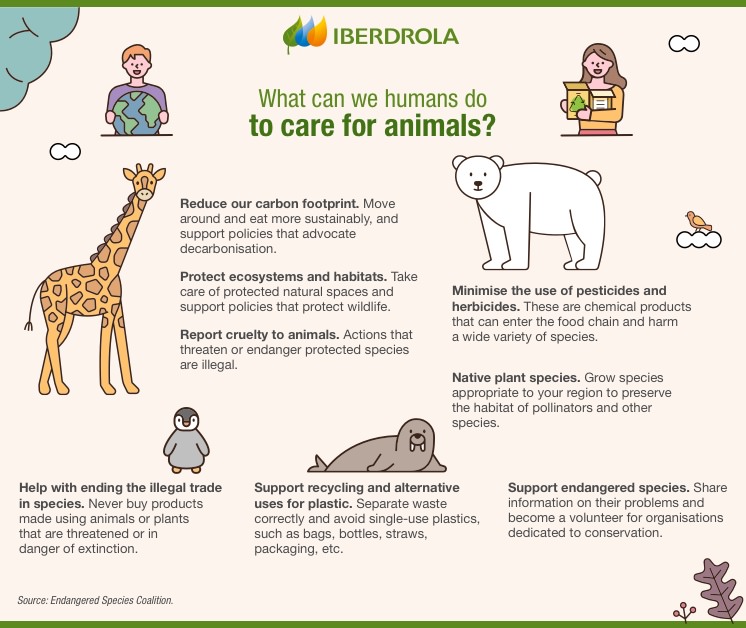
Causes of animal extinction
Over 99 % of organisms that used to live on earth do not exist any more. In general terms, species become extinct for the following reasons:
 Demographic and genetic phenomena
Demographic and genetic phenomena
First of all, species with small populations face a greater risk of extinction. Also, natural selection does its job by keeping beneficial genetic traits and eliminating poor ones. There are animals with a good gene pool that is robust and more adaptable to unforeseen exogenous circumstances, and others that are weaker.
 Destruction of wild habitats
Destruction of wild habitats
Man is a direct cause of the extinction of species: out of the 8 million existing, 1 million are in danger due to overexploitation of resources on land and at sea. In addition, one fifth of the surface of the Earth has been degraded —the forests are home to over 80 % of terrestrial species— and marine debris and acidification are wreaking havoc in the oceans.
 Introduction of invasive species
Introduction of invasive species
The introduction of exotic and invasive species artificially, intentionally or accidentally into habitats where they do not belong can also alter the biodiversity of ecosystems. These new inhabitants displace the native species, which, in the worst cases, die and become extinct. According to the UN, in Europe, one out of every three species is in danger of extinction for this reason.
 Climate change
Climate change
The rising global temperature and sea levels have a negative effect on biodiversity. According to the WWF, half of the plant and animal species in the richest natural areas of the world could suffer local extinction by the end of the century due to climate change. Even without exceeding the 2 °C limit set by the Paris Agreement 25 % of their species could disappear.
 Hunting and illegal trafficking
Hunting and illegal trafficking
The black market, which moves between €8 billion and €20 billion a year, threatens over 300 species that are already on the verge of extinction. According to the World Wildlife Crime Report, published by the United Nations Office on Drugs and Crime (UNODC), over 30,000 elephants, 100 tigers and 1,000 rhinoceroses are slaughtered each year.
Top ten recently extinct animals worldwide
According to the IUCN Red List, in November 2020, the three latest extinct animals in the world were a fish (Sympterichthys unipennis), a bat (Pipistrellus sturdeei) and an insect (Pseudoyersinia brevipennis). These almost unknown animals prove that this phenomenon can affect any living being. We review some of the most important extinctions in recent years below:
Golden toad (Incilius periglenes)
Considered the first direct victim of climate change, its characteristic fluorescent orange colour ceased to adorn Costa Rica in 1989, although it was not pronounced extinct until 2004. The toads were abandoning their eggs as the pools in the forest dried up.
Caribbean monk seal (Neomonachus tropicalis)
This victim of the insatiable desire to trade in its pelts and fat was declared extinct in 1994. Trusting and docile, it was an easy prey for human beings, who wiped out all the specimens that inhabited the Caribbean Sea and Central American coast.
Pyrenean ibex (Capra pyrenaica pyrenaica, considered a subspecies of the Spanish ibex)
Considered a subspecies of the mountain goat, it went away a decade ago. A native of the Pyrenees, with long hair and long horns, it fell victim to indiscriminate hunting and a lack of foresight in preparing a conservation plan.
Kamao (Myadestes myadestinus)
The Hawaiian thrush, a solitary brown bird with a short, broad beak, used to be the most common bird on the island of Kauai (Hawaii). Its extinction in 2004 was due to competition with other introduced birds, diseases transmitted by non-native mosquitoes and the deforestation of its normal areas.
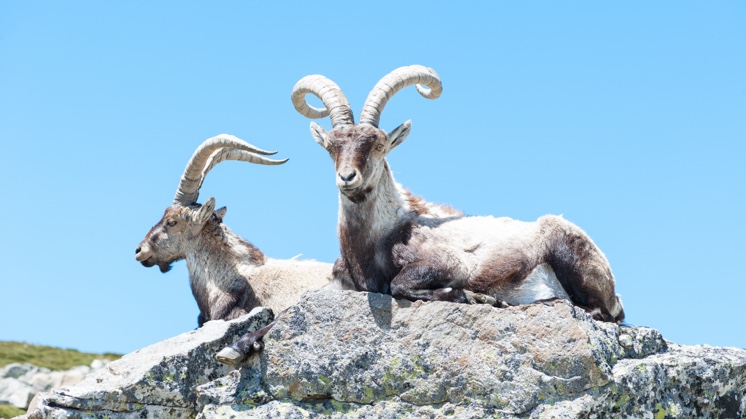
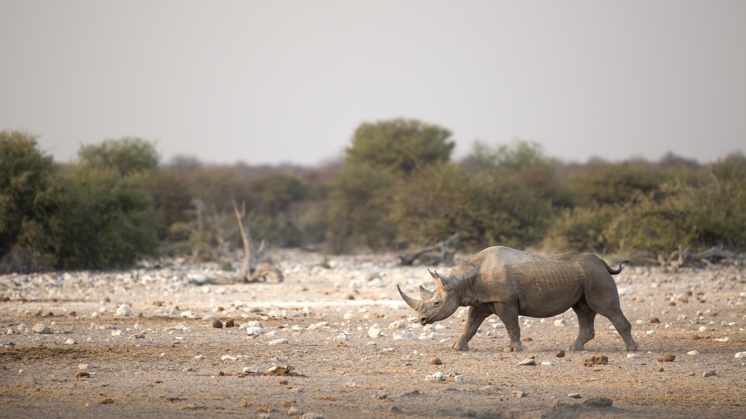
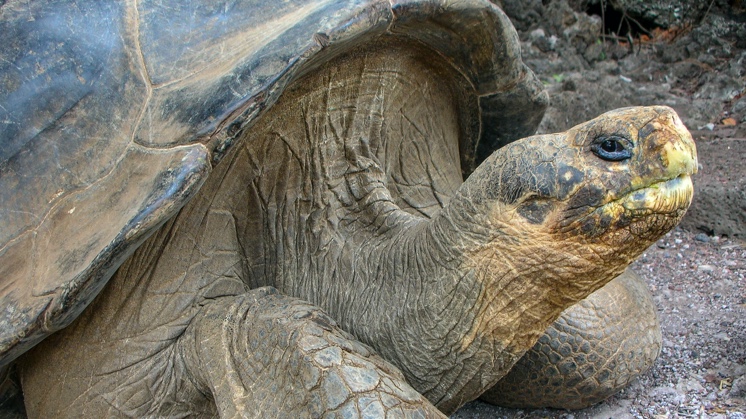
Western black rhinoceros (Diceros bicornis longipes, considered a subspecies of Diceros bicornis)
Sometimes the tools provided by nature to fend for yourself can destroy you. This is what happened to this rhinoceros, which became a target for poachers who wanted its horns for their supposed healing powers. The IUCN declared it extinct in 2011.
Pinta Island giant tortoise (Chelonoidis abingdonii)
The intrusion of human beings into the natural habitat of this variety of tortoises on the Galapagos Islands (Ecuador) caused it to disappear forever in 2012. The efforts made to cross the last specimen, already a hundred years old, known as Solitary George, with females from other islands were in vain.
Christmas Island pipistrelle (Pipistrellus murrayi)
In the 1980s they roamed far and wide over this island in the Indian Ocean, but over the years it became rare to spot one. Only one specimen was seen in August 2009 and in 2017, after years of exhaustive searches, it was declared extinct.




